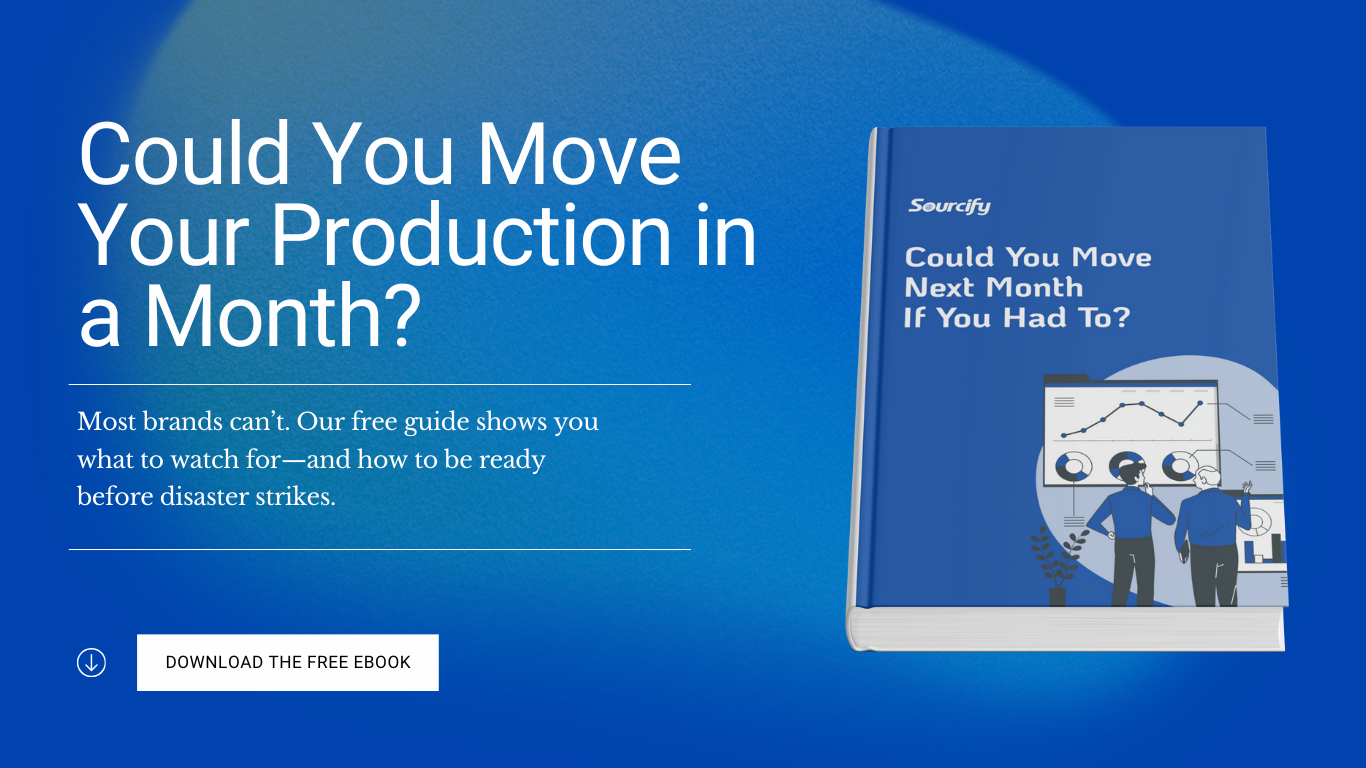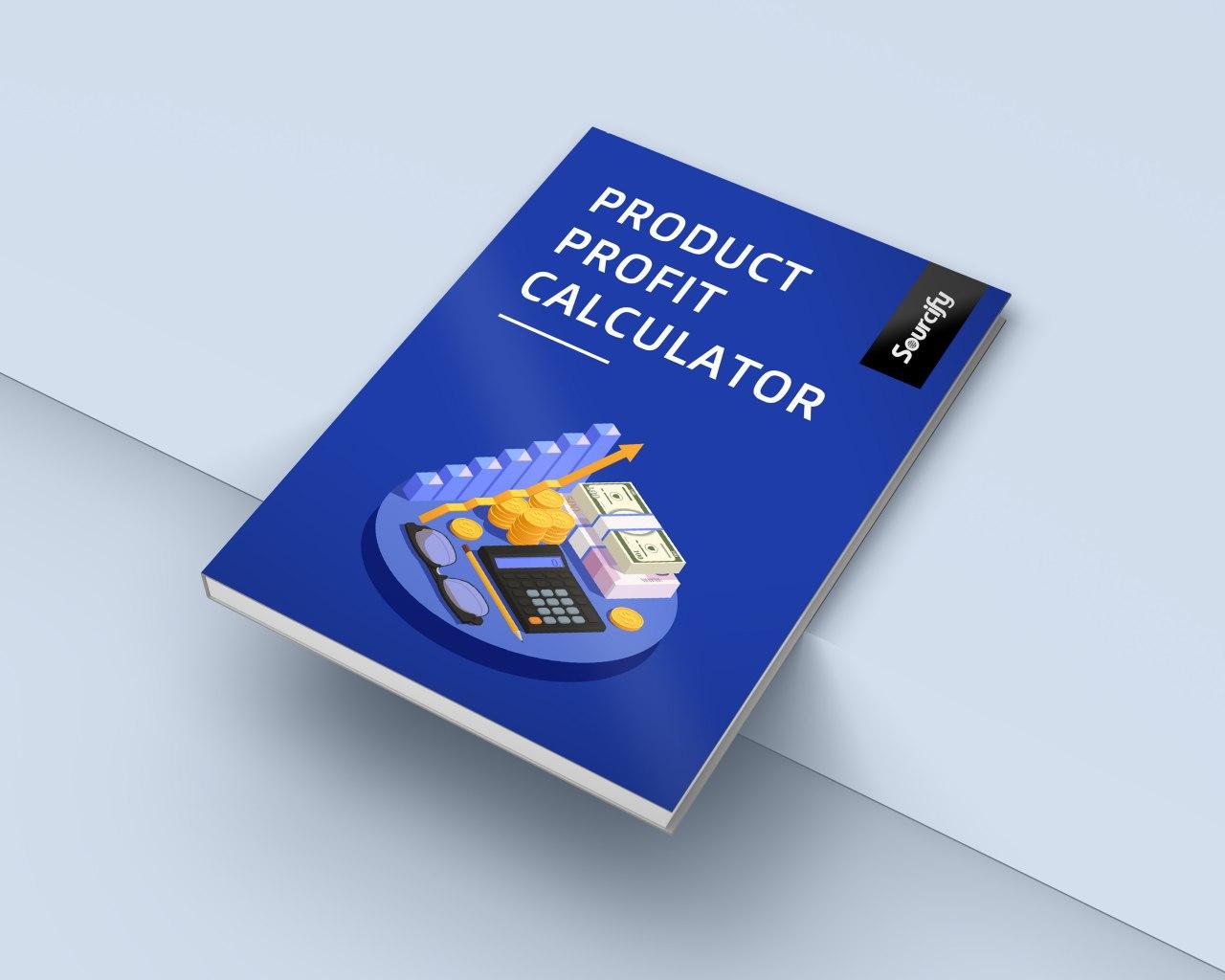In manufacturing, loyalty runs deep.
Years of partnership, countless late-night problem-solving calls, even personal friendships — all built on trust.
But there’s a quiet danger hidden in that loyalty: comfort.
As costs rise, quality drifts, and new regions emerge, the brands that cling too tightly to their long-standing suppliers risk more than inflated prices — they risk falling behind.
When Loyalty Turns Into Liability
Factory relationships often start strong. The early years bring growth, shared wins, and trust built through time. But supply chains evolve faster than most factories do.
By 2025, the same partner that once gave you competitive pricing and great service might now be your biggest bottleneck.
Here are the red flags we see most often:
- Rising Costs, Flat Quality: Labor and raw materials go up — but so do margins.
- Capacity Crunch: You’re suddenly no longer the factory’s priority customer.
- Limited Flexibility: Lead times stretch, MOQs increase, and new requests hit resistance.
- Complacency: Your supplier stops innovating — because they assume you won’t leave.
These aren’t betrayals. They’re natural progressions in long-term supplier relationships.
The key is recognizing them early — before loyalty turns into liability.
The Illusion of Stability
Many brands assume that sticking with the same factory is the “safe” choice.
But in reality, stability often hides stagnation.
In 2025, supplier risk isn’t just about disruptions — it’s about dependency.
If your entire production pipeline runs through a single partner, you’re not stable. You’re exposed.
We’ve seen it firsthand:
- Factories hit by sudden labor shortages.
- Ownership changes that quietly shift priorities.
- Capacity diverted to higher-paying clients.
- Even new environmental or compliance standards that shut down lines overnight.
These events don’t just hurt your margins — they can halt production entirely.
The Hidden Costs You Don’t See on a Quote
When founders review pricing, they look at the per-unit cost. But that’s only half the story.
Here are the silent costs of staying put too long:
- Lost LeverageWithout competitive quoting, you lose pricing power — and factories know it.Regular benchmarking keeps relationships fair.
- Operational DragOutdated production methods, slower responses, or unclear timelines add real friction to your supply chain.
- Opportunity CostEvery year you delay testing new regions, competitors build faster, cheaper, and more resilient supply networks.
- Risk ConcentrationIf your factory fails a compliance audit or hits financial trouble, recovery can take months — or more.
Loyalty has value, but it shouldn’t come at the expense of agility.
How to Audit Your Factory Relationship
Not every “problem” means it’s time to walk away.
Sometimes a conversation, audit, or shared improvement plan can reset expectations.
Here’s a simple three-part audit we recommend:
1. Performance Check:
Are they still meeting quality, communication, and timeline goals you’d hold a new supplier to?
2. Market Comparison:
Are your landed costs and MOQs still competitive against similar factories in Vietnam, India, or Mexico?
3. Future Fit:
Can this partner evolve with you — adding SKUs, certifications, or automation capabilities as you scale?
If the answer is “no” more than once, it’s time to start exploring alternatives.
How to Exit Without Burning the Bridge
Transitioning factories doesn’t have to be hostile. In fact, done right, it can strengthen your overall supply network.
Here’s how to manage it professionally:
- Be transparent. Explain your need to diversify or test new regions — not as punishment, but as risk management.
- Stay ethical. Settle all balances and protect shared IP.
- Document everything. Contracts, tooling, and samples should move under clear terms.
- Leave the door open. Many brands eventually return to trusted partners — but on better terms.
As we’ve said before: sourcing is about relationships, not transactions.
You can move on without burning the bridge.
How Smart Brands Balance Loyalty and Leverage
The best sourcing teams treat their factories like partners — but manage them like assets.
That means:
- Maintaining regular cost benchmarking.
- Running light audits during peak season (when true performance shows).
- Testing new suppliers quietly through pilot runs.
- Building a “backup ready” supplier in one other region.
This isn’t distrust — it’s discipline.
Because the strongest factory relationships are the ones built on mutual accountability, not blind loyalty.
What We’re Seeing in 2025
Across our network, brands are learning to protect loyalty with leverage.
- Apparel and consumer goods brands are maintaining China partners while testing Mexico or Vietnam.
- Hardware and electronics companies are adding India as a secondary option for assembly.
- Fast-scaling startups are using Sourcify to build dual-supplier models from day one.
The goal isn’t to replace your partner — it’s to ensure you never have to panic if they stumble.
Take the 2025 Sourcing Trends Survey
Every brand is facing these same tradeoffs — and we’re gathering the data to show how the industry is responding.
👉 Take the 2-minute survey to share your sourcing experience and get early access to the 2025 Sourcing Trends Report.
Because in sourcing, loyalty matters — but leverage keeps you in control.




